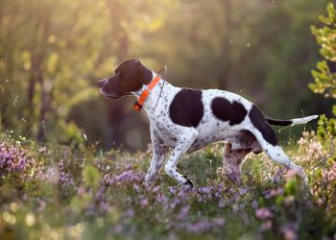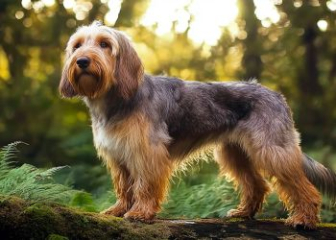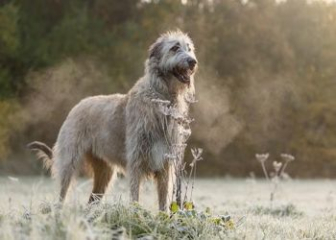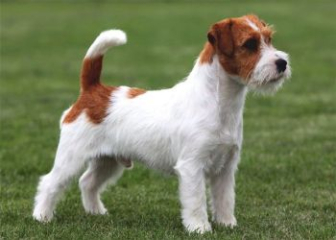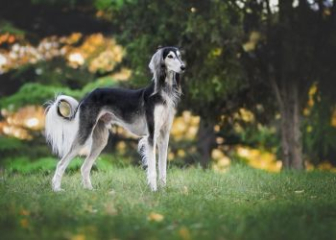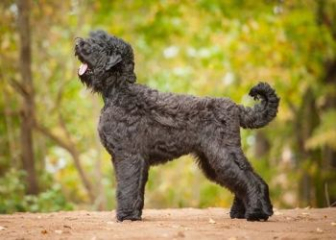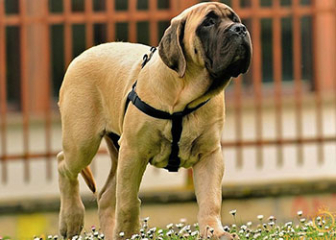Bully Dog: A Muscular Yet Friendly Companion
Blog | by
The Bully dog originates from the United States. While it has a muscular, strong build similar to the Pit Bull, its temperament is actually gentle and friendly.
Bully dogs were developed in the U.S. by crossbreeding Pit Bulls and Bulldogs. They have a stocky, powerful physique that may appear intimidating, but in reality, they are calm, affectionate, and well-behaved.
If you're curious about this unique Dog breed, keep reading to learn more with Giống Chó!
The Origin of the Bully Dog
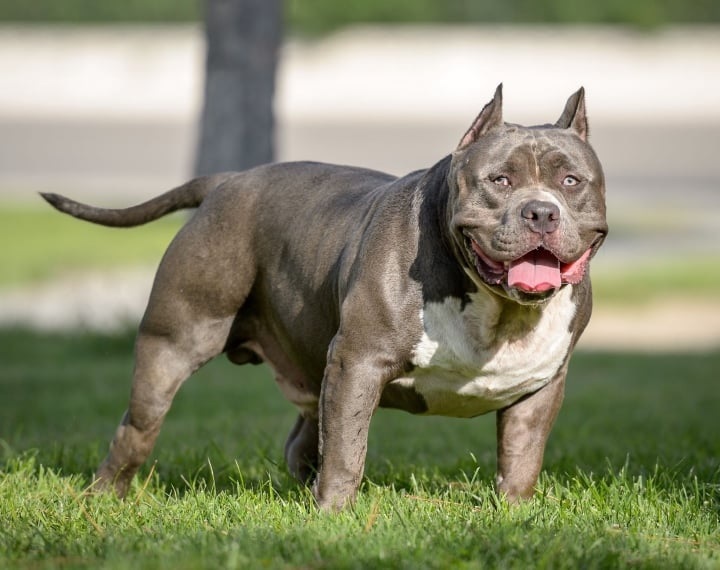
American Bully
The American Bully originates from the United States and was developed by crossbreeding various dog breeds, primarily the American Pit Bull Terrier and Bulldog. The goal of this breeding was to create a dog that resembled the Pit Bull in appearance but had a gentler temperament.
Although the Bully breed was first developed in the 1980s - 1990s, it was not officially recognized until 2004 by the American Bully Kennel Club (ABKC).
Depending on size and build, American Bullies are classified into several types, including:
- Pocket Bully – Small in size but muscular.
- Standard Bully – Well-proportioned and balanced.
- Classic Bully – A leaner version with less muscle mass.
- XL Bully – Larger and more imposing in appearance.
- Extreme Bully – The most heavily muscled type.
Physical Characteristics of the American Bully
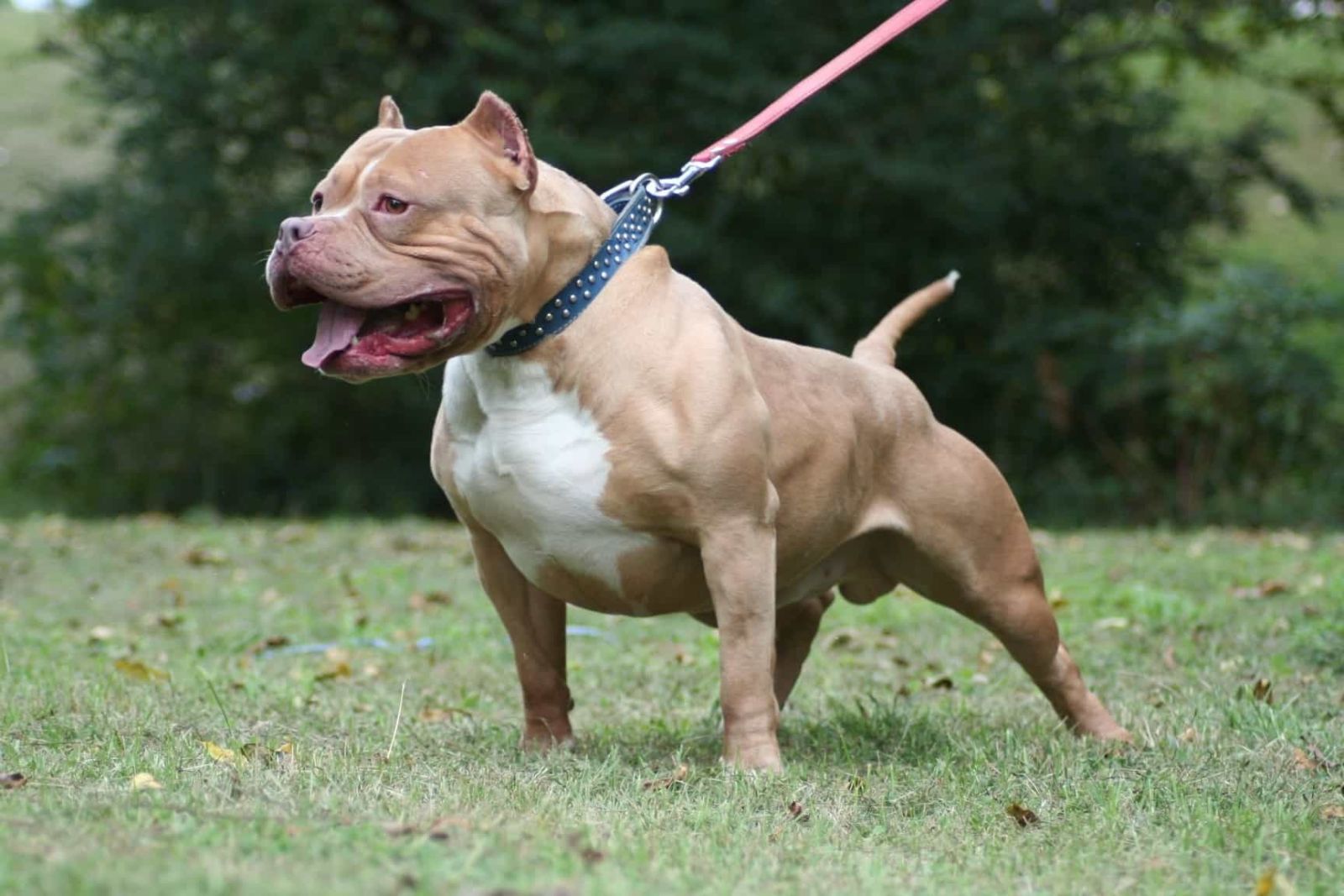
Pocket Bully: Small but Extremely Muscular
At first glance, the American Bully closely resembles the Pit Bull, leading many people to mistake one for the other. Let’s dive into the detailed physical characteristics of the Bully below:
Physical Features of the Bully
- Head: Large, broad, with a wide skull.
- Muzzle: Short, slightly square.
- Jaw: Strong, well-developed muscles.
- Nose: Large, typically black or brown.
- Ears: Can be erect or slightly floppy.
- Body: Muscular and stocky, with a broad chest, wide shoulders, a slim waist, a tucked-up abdomen, a short back, and wide hips.
- Legs: Short, with large, rounded paws.
- Tail: Straight and short.
- Coat: Short, smooth, and comes in various colors such as black, white, gray, brown, yellow, black-and-white spots, brown-and-white spots, etc.
Personality Traits of the Bully
Due to their muscular, tough appearance, many people assume that Bully dogs are aggressive. However, they are actually gentle and friendly. Here are some of their most notable personality traits:
- Friendly and affectionate: Bullies love to bond with their owners and enjoy playing, especially with children.
- Extremely loyal: These dogs are highly devoted and will always protect their owners in times of danger.
- Intelligent and easy to train: Bullies are quick learners, especially when trained with proper commands, making them well-behaved companions.
- Not excessive barkers and emotionally stable: Unlike other breeds, Bullies bark only when necessary and are rarely anxious or overly excitable.
- Enjoy attention and dislike being alone: They crave human interaction and can become bored or mischievous if left alone for long periods.
Basic Nutritional Needs of the Bully
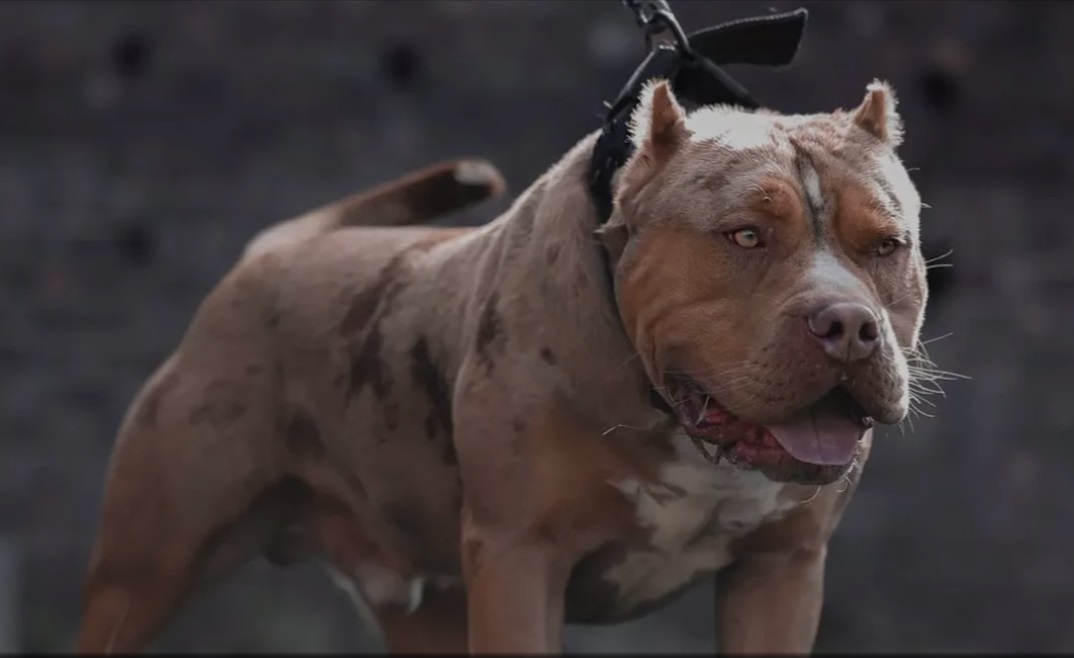
XL Bully: A Giant, Muscular Powerhouse
The American Bully is a muscular, well-built dog, requiring a proper diet to develop healthily while avoiding issues like obesity and heart disease. Below is the recommended nutritional breakdown for Bully dogs:
| Nutrient | Recommended Ratio | Role | Sources |
|---|---|---|---|
| Protein (Protein) | 40 - 50% of diet | Provides energy, supports muscle growth | Beef, chicken, salmon, eggs, animal liver |
| Carbohydrates | 20 - 30% of diet | Quick energy source | Sweet potatoes, oats, vegetables, brown rice |
| Fats | 10 - 20% of diet | Provides energy, keeps the coat shiny | Salmon oil, olive oil, animal fat |
| Vitamins & Minerals | As needed | Boosts immunity | Calcium, omega 3 & 6, fiber from greens |
| Clean Water | Always available | Keeps the body hydrated | - |
Important Note: Avoid spicy foods, fried/oily dishes, and small or sharp bones that can harm your Bully's health.
Feeding Plan for Bully Dogs at Different Life Stages
The Bully’s diet should be adjusted according to its growth stage, from puppyhood to adulthood. Let’s break it down:
Newborn Stage (0 - 2 Months Old)
At this stage, a Bully puppy’s digestive system is still developing, so proper care is crucial:
- 0 - 4 weeks: Only breast milk or a milk substitute (never cow’s milk as it can cause diarrhea).
- 4 - 6 weeks: Continue nursing but introduce blended porridge (soft and easy to digest).
- 6 - 8 weeks: Mostly porridge, which can be made thicker as the puppy grows.
- Feed small portions (4 - 5 meals per day).
Puppy Stage (2 - 6 Months Old)
This is a critical growth phase for bones and muscles, requiring a high-protein diet:
- 50% protein, 15% fat, 30% carbohydrates + calcium & minerals.
- Feed 3 - 4 meals per day, each meal 150 - 250g (adjusted based on weight).
- Soft-cooked meals for easy digestion.
- Avoid oily, salty foods & bones.
Adolescent Stage (6 - 12 Months Old)
This is when the Bully’s bones and muscles develop rapidly:
- 55% protein, 15% fat, 25% carbohydrates + extra calcium, fiber, and vitamins.
- Feed 2 - 3 meals per day, each meal 300 - 400g.
- Chop food into smaller pieces for easier eating.
- Limit starches and fats to prevent weight gain.
Adult Stage (12+ Months Old)
At this stage, the Bully reaches its full size, so diet should focus on muscle maintenance and fat control:
- 45% protein, 15% fat, 20% carbohydrates + vitamins & calcium.
- Feed 2 meals per day, each 400 - 500g.
- Include yogurt, vegetables, eggs, and fish oil for better coat health.
How to Care for a Bully Dog
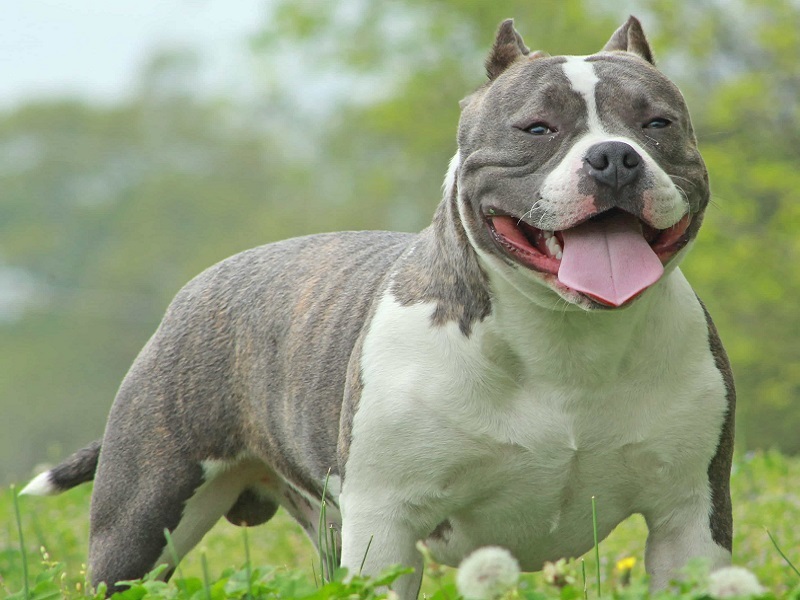
Proper Care for a Healthy Bully Dog
To ensure your Bully dog grows strong and healthy, you need to provide proper care. Here are some essential tips:
- Choose a suitable living environment: Bully dogs need a clean, well-ventilated space. If kept outdoors, ensure they have shelter from sun and rain.
- Provide a balanced and nutritious diet.
- Regular exercise: Helps maintain a fit, muscular body and prevents obesity.
- Bathe at least twice a week using pet-friendly shampoo.
- Brush their teeth 2 - 3 times a week.
- Routine health check-ups: Deworming and vaccinations (rabies, Parvo, etc.).
Common Health Issues in Bully Dogs
Despite their strong physique, Bully dogs are prone to bone, digestive, and skin issues. Below are some common health problems and how to prevent or treat them.
1. Hip Dysplasia
Bully dogs are at high risk of hip dysplasia due to their heavy build.
- Cause: Genetic predisposition or excessive weight and improper movement.
- Symptoms: Limping, pain when touched near the hips.
- Prevention & Treatment: Maintain a healthy weight, provide calcium supplements, and ensure proper exercise.
2. Allergic Dermatitis
Bully dogs have short, tight fur, making them prone to skin issues.
- Cause: Allergic reactions to food or dirty environments.
- Symptoms: Red, itchy skin, hair loss, frequent scratching.
- Prevention & Treatment: Regular bathing, keeping their living area clean, and using vet-prescribed allergy medications.
3. Diarrhea & Digestive Issues
Bully dogs have sensitive stomachs and can suffer from digestive disorders.
- Cause: Eating spoiled food or intestinal parasites.
- Symptoms: Loose, foul-smelling stool, vomiting, lethargy.
- Prevention & Treatment: Feed hygienic food, schedule regular deworming, and consult a vet if symptoms persist.
4. Respiratory Problems
Bully dogs have short muzzles, making them prone to breathing difficulties.
- Cause: Short airways, excessive heat, or overexertion.
- Symptoms: Wheezing, shortness of breath, fatigue after exercise.
- Prevention & Treatment: Avoid excessive exercise in hot weather, and visit a vet if breathing issues worsen.
Bully Dog Price Guide
Wondering how much a Bully dog costs? Prices vary based on origin, breed quality, and other factors. Here’s a price reference:
| Origin | Price (Approx.) |
|---|---|
| Locally bred in Vietnam | $250 - $400 |
| Imported from Thailand | $400 - $600 |
| Imported from Europe/USA | $1,000+ (excluding shipping fees) |
Note: Price varies based on bloodline, gender, age, and appearance.
Beautiful Bully Dog Photos
Below, we've collected stunning and adorable Bully dog images. Check them out and be amazed by their tough yet charming looks!
.jpg)
Bully dogs have a somewhat ferocious appearance.
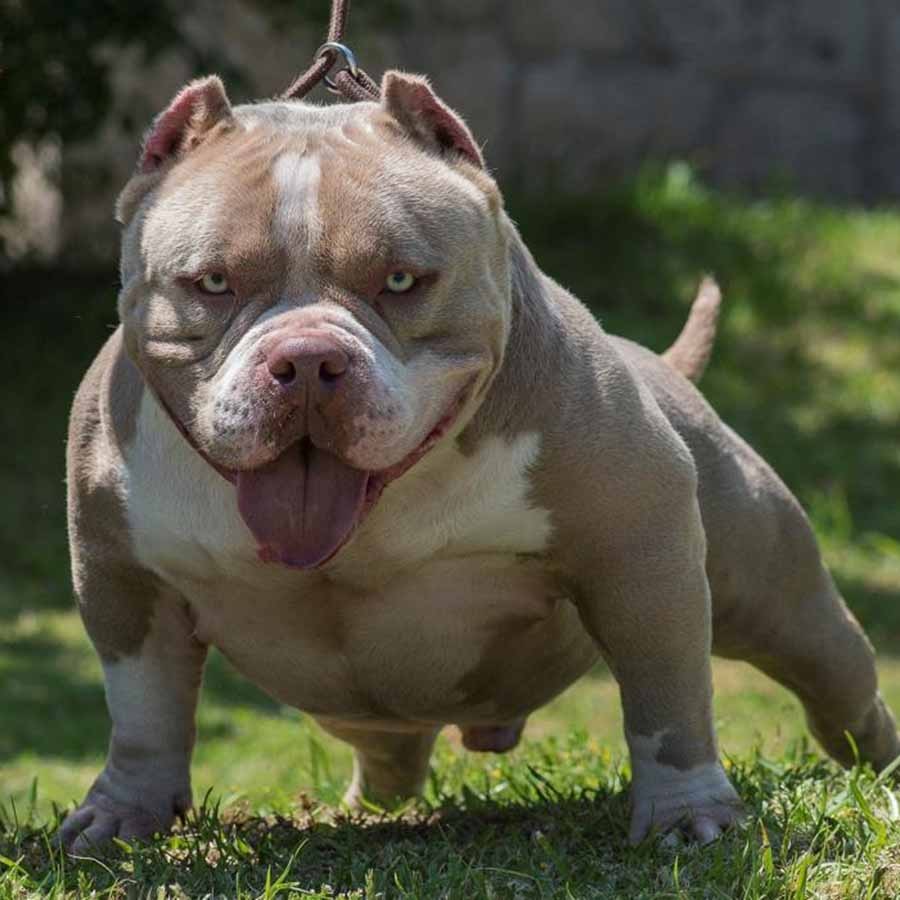
Bully dogs have bulging muscles.
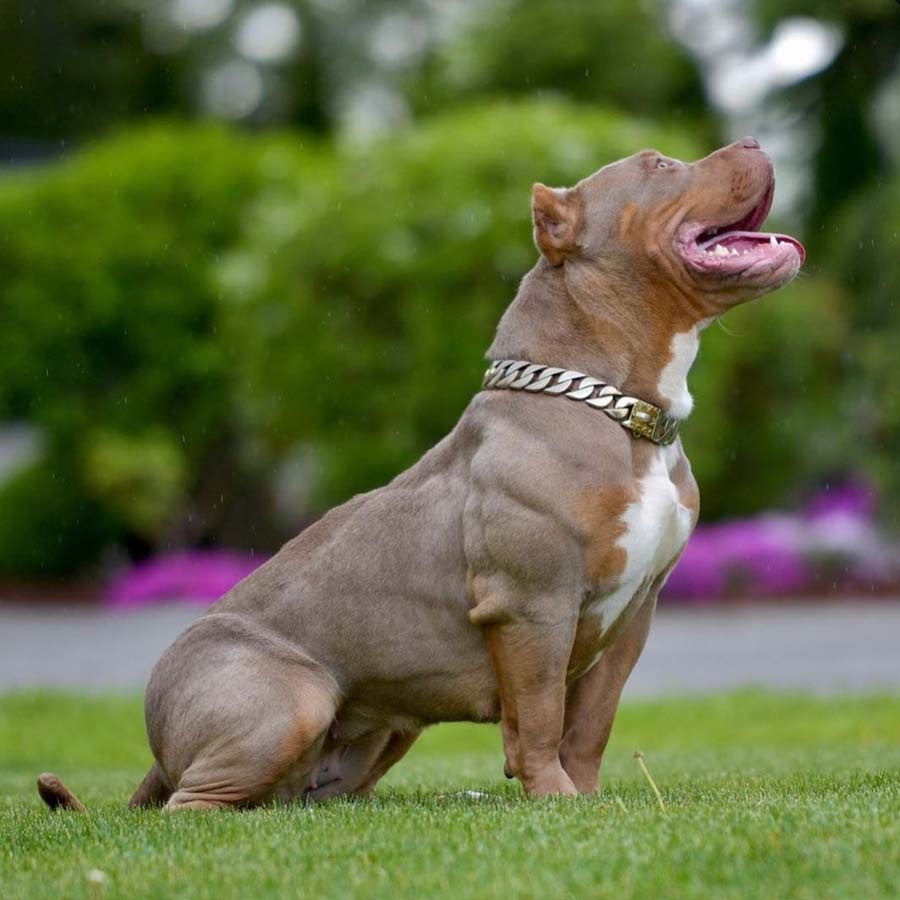
Brown and white Bully dog.
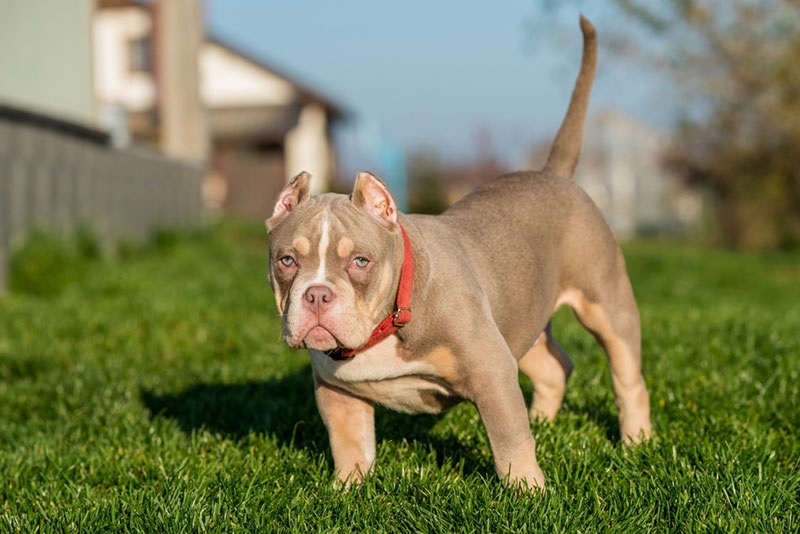
Cute Bully puppy.
Thus, through the article above, dogbreed.wiki has provided a comprehensive overview of the Bully dog breed—a muscular-looking dog that is surprisingly gentle. We hope this information will be helpful for those considering owning a Bully dog.
See you again in future Blog posts, where we’ll explore more fascinating dog breeds from around the world

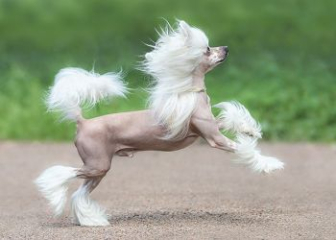

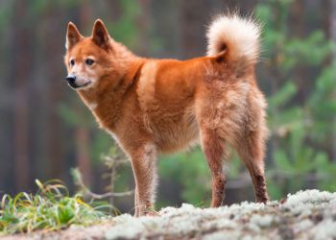

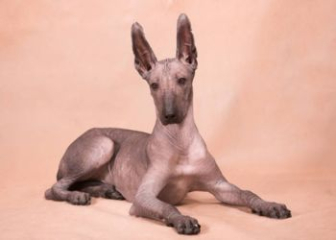



_350x250.jpg)

